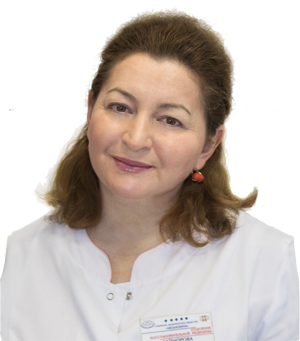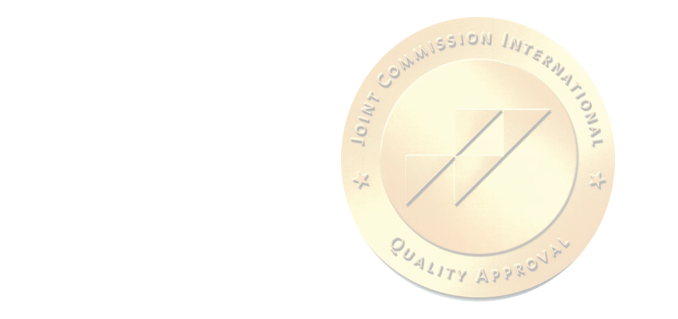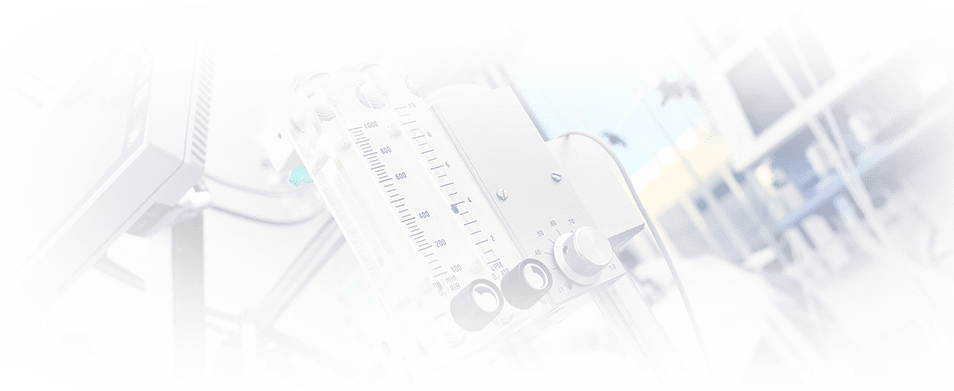Nail fungus in adults

Dermatovenereologist (cosmetologist)
Baichorova Marua
Experience 19 year
Dermatologist (cosmetologist)
In medicine, nail fungus is officially called onychomycosis. This is a fungal disease that affects the nail plates on the fingers or toes. According to the WHO, this is a fairly common disease. It occurs in about 27% of people, and the pathology is diagnosed on the legs 2 times more often than on the hands. The problem of nail fungus is very delicate, since the unpleasant appearance of the affected plates makes the patient feel uncomfortable and hide them from others.
Symptoms and signs of nail fungus
Onychomycosis is very easy to recognize, as its signs on the nails cannot be overlooked. At first, the nail plates become dull and rough, lose their glossy shine. Then the nail becomes dirty yellow, whitish or gray instead of pink. Further, other characteristic symptoms of the fungus appear:
- increase in plate thickness;
- defects in the form of stripes, bends, irregularities and waves;
- delamination and crumbling of the plate;
- unpleasant smell from nails.
As a result, the nail is completely destroyed and even exfoliates, exposing the bed of the nail. The skin next to the plates turns red and causes severe itching.
Causes of
The main reason for the development of fungal infections is the ingestion of a pathogen on the body or inside the human body. As a rule, these are microsporums, trichophytons and epidermophytos. These are the fungi that cause onychomycosis most often.
When ingested, such fungi are localized on keratinized skin derivatives, i.e. nails and hair. This is due to the nutrition of the parasites, for which they use the keratin fibrillar protein found in nails and hair.
Ways of infection
The risk of contracting fungus is especially high in humid public places. These are saunas, swimming pools, gyms, public baths, etc. The most common ways of infection are:
- direct contact with an infected person. Here, the fungus gets from its habitat to healthy areas, thereby causing an infection;
- household way. In this case, infection occurs when using the patient's personal belongings: shoes, personal hygiene items, etc.
Risk factors
The incidence of onychomycosis increases by the age of 60. At this time, the likelihood of developing such an infection is 60%, which is explained by a slowdown in metabolism, especially in the distal (distant) parts of the body, which are just the fingers and toes.
Other risk factors for developing nail fungus include:
- diabetes;
- varicose veins;
- injuries to the nails and adjacent tissues;
- HIV and other conditions of immunodeficiency;
- long-term use of antibiotics;
- weakened immunity;
- vascular and skin diseases, dermatitis, diaper rash;
- violations of the blood supply to the limbs;
- lack of hygiene.
Complications
With an uncomplicated course, the disease causes symptoms traditional for the fungus, which cause only severe discomfort in a person. But without treatment, onychomycosis can cause complications. Most often they manifest themselves in the addition of a bacterial infection.
Sometimes onychomycosis is very acute with the appearance of blisters, ulcerations and weeping areas on the skin next to the nail. In severe cases, the disease takes on a generalized form. This means that the nail fungus spreads to internal organs and systems, and then the patient will already need an emergency hospitalization.
When to see a doctor
Many who have encountered onychomycosis know that the disease develops slowly, and is treated with incredible difficulty. That is why it is very important to see a doctor when the first signs of the disease appear. A dermatologist is engaged in the treatment of nail onychomycosis in our clinic in the center of Moscow. A specialist will provide competent assistance and will guide you until complete recovery.
Preparing to see a doctor
Before visiting a dermatologist, it is important not to treat the affected areas of the nails, i.e. do not use medications, including iodine and brilliant green. It is also necessary to exclude the use of creams and ointments from the fungus. At the reception, it is worth taking all previously passed tests, including those for other diseases. Affected nails should not be cut for 3-4 days prior to consultation.
Diagnosis of nail fungus
First of all, the patient is sent for microscopy, which allows to identify the presence of the pathogen. In the future, it is necessary to determine its type in order to choose the correct treatment for toenail fungus. The JSC "Medicine" (the clinic of Academician Roitberg) in the center of Moscow practices the most modern and common methods for diagnosing onychomycosis :
- cultural study of a biological sample of affected tissues. To do this, it is placed in an artificial nutrient medium, where the pathogen is grown in order to determine its type;
- method of polymerase chain reaction (PCR) to identify the DNA of the pathogen in a sample of affected tissues.
Treatment
At an early stage of the disease, as a rule, local therapy is prescribed, which consists in the use of creams and ointments with antifungal effects.
Antiseptic solutions are also used as external remedies for nail fungus. In addition to effective remedies for nail onychomycosis, antihistamines and desensitizing drugs are prescribed, which relieve swelling, inflammation and sensitivity.
If the nail is completely affected by the fungus and drug treatment does not give positive results, then the plate is surgically removed. Also, with the total form of onychomycosis, antimycotic drugs are prescribed orally in the form of tablets, which have a systemic effect on the body.
Home remedies
Before using home remedies, you should consult your doctor. With his permission, you can use the following recipes:
- iodine. Before use, the feet must be steamed, washed with laundry soap, and then removed the affected areas of the nail plates. Next, treat the nails and skin between the fingers with iodine, soak them in a bath with soda solution for 20-30 minutes and dry thoroughly;
- vinegar. Take 1 tbsp for 3 liters of water. apple cider vinegar and add a little potassium permanganate. Soak the feet in the bath for 20-30 minutes, then dry thoroughly;
- hydrogen peroxide. After thoroughly steaming the legs, remove the affected areas of the nail plates. Put cotton pads soaked in hydrogen peroxide on them, wrap with a bandage and leave for half an hour.
Myths and dangerous misconceptions in the treatment of nail fungus
One of the most important and dangerous myths is that nail fungus is not considered a serious disease. In fact, onychomycosis, as it progresses, can lead to serious consequences up to deformation and complete rejection of the nails from the nail bed.
In addition, an infected person poses a daily danger to loved ones, because, being near him, they also risk getting sick. That is why it is important to know how to cure nail fungus in time.
Prevention
To prevent the development of onychomycosis, it is necessary to exclude the negative effects on the body of risk factors:
- treat systemic diseases in time;
- do not wear someone else's shoes;
- in the pool and sauna to walk in slates;
- change socks daily and follow the rules of personal hygiene;
- do not wear wet shoes - dry them thoroughly;
- exclude direct contact with potential carriers of the fungus.
How to make an appointment with a dermatologist
To make an appointment with a dermatologist, use the online form on the website or contact us at the contact number +7 (495) 995-00-33. JSC "Medicine" (the clinic of Academician Roitberg) is located in the center of Moscow, not far from the metro stations Tverskaya, Belorusskaya, Chekhovskaya, Mayakovskaya and Novoslobodskaya. Experts work every day, so you can make an appointment for a consultation even on a weekend or holiday.




